E-Mail:[email protected]
E-Mail:[email protected]
E-Mail:[email protected]
E-Mail:[email protected]
Tuna
Tuna family (scientific name: thunnini): it is a family of marine fish belonging to the class bony fishes, the order scombriformes and the family Scombridae. The family includes 15 species of tuna belonging to 5 genera, and the body types of each species vary greatly. The smallest tuna is the round rudder bonito, with a maximum length of 50 cm and a weight of 1.8 kg; The largest tuna is Atlantic bluefin tuna, with a maximum length of 4.6 meters, a weight of 684 kg and an average length of 2 meters. It is believed that it can live up to 50 years. Tuna has tapered ends, a moderate mouth and well-developed teeth. The gill membrane is not attached to the pharyngeal isthmus. Scales are cycloidal, usually small, metallic, usually blue and silver. Tuna has dark bands and fins. The dorsal fin consists of 9 to 27 densely arranged fins, and the ventral fin has 6 fins.
Tuna is a species that can maintain its body temperature higher than that of the surrounding water body. They are some active and agile predators, with smooth streamlined bodies, and are also one of the fastest swimming pelagic fish. Tuna can be found in warm waters. It has become a large number of commercial fish and a popular fish in fishing activities. Due to human overfishing, some tuna species such as bluefin tuna are close to extinction.
Tuna is found in tropical and subtropical waters all over the world, and many species regularly enter cool temperate waters.

BLUE FIN TUNA

YELLOW FIN TUNA
We Are Professional
.
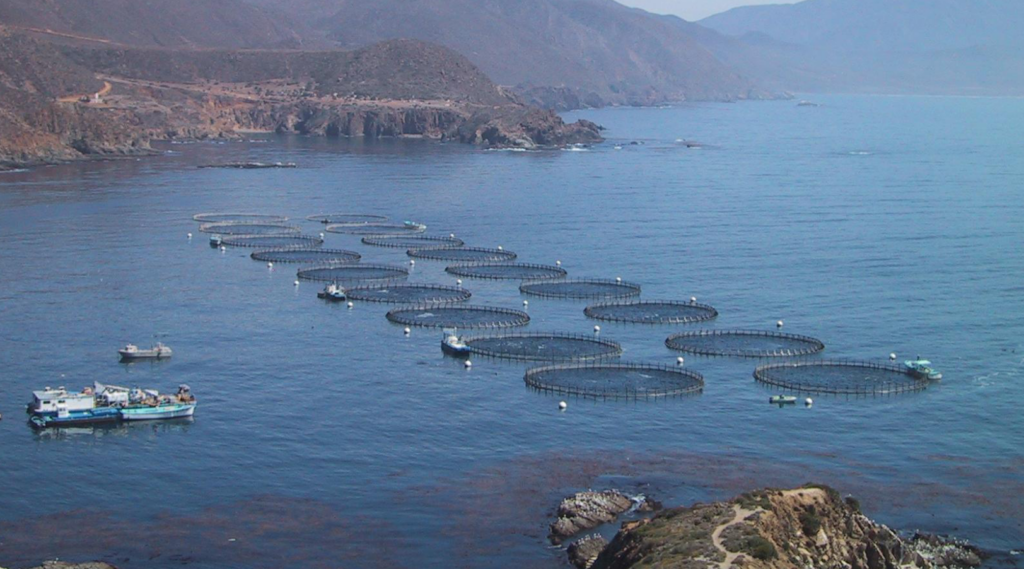
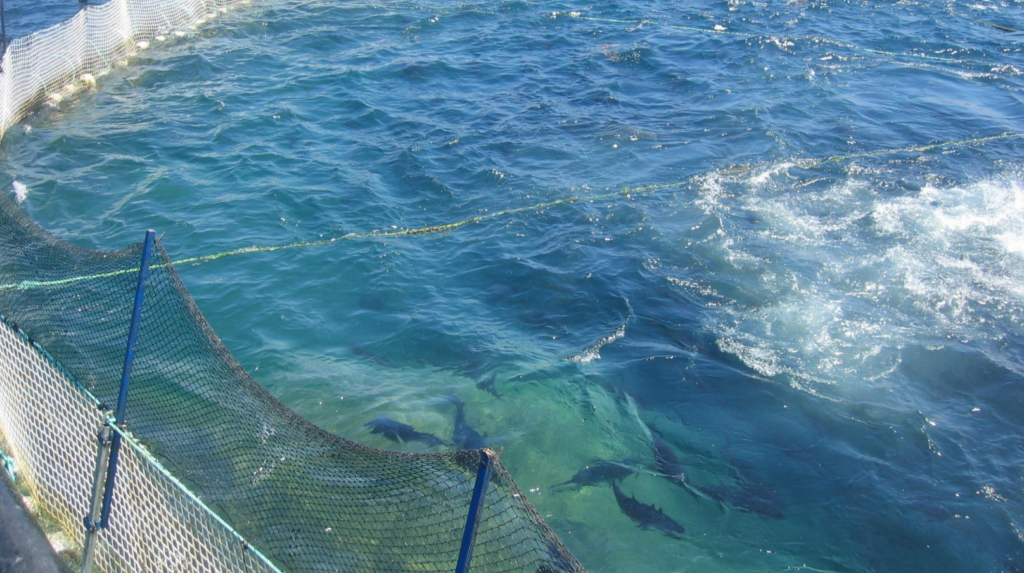
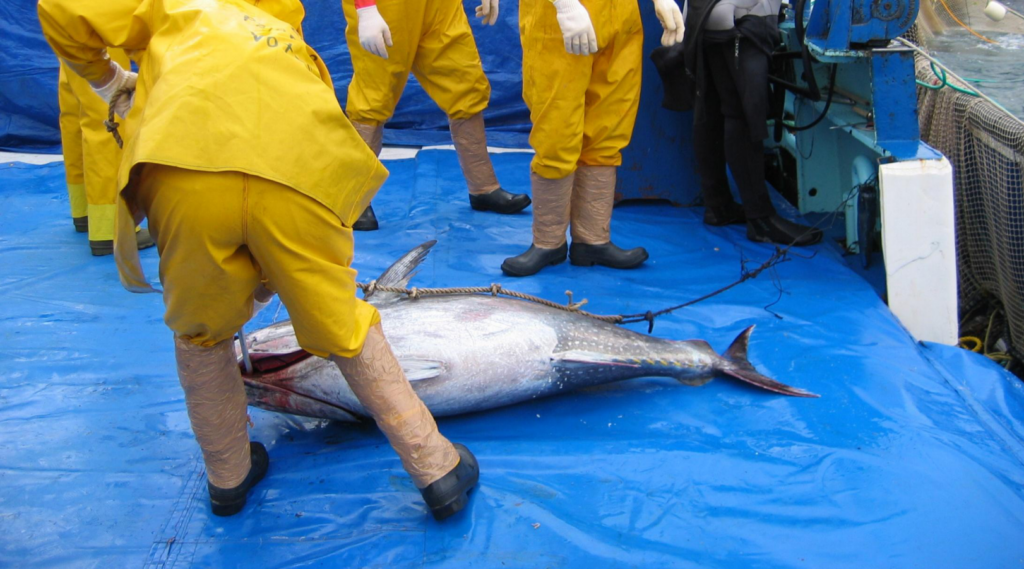

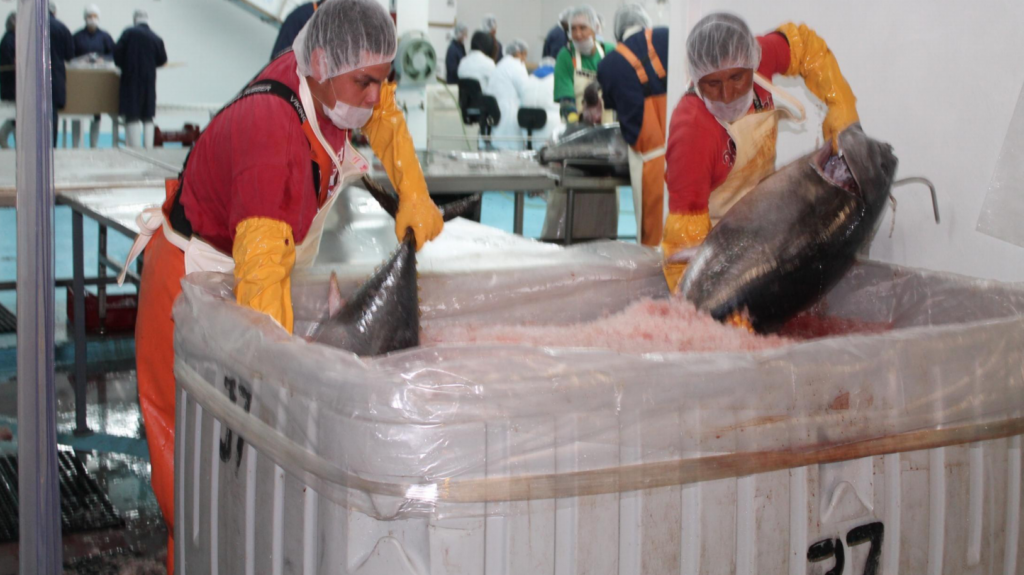
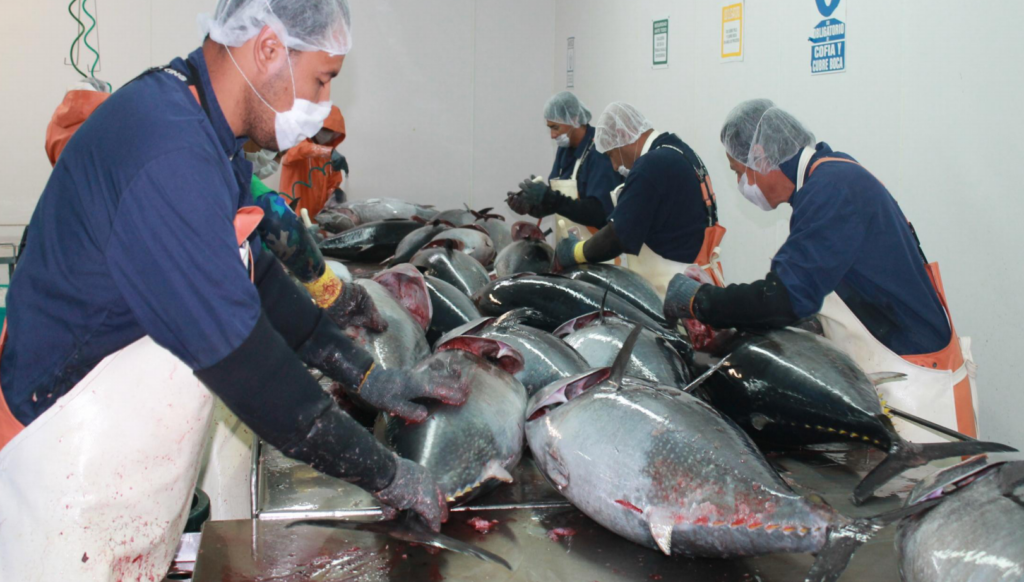
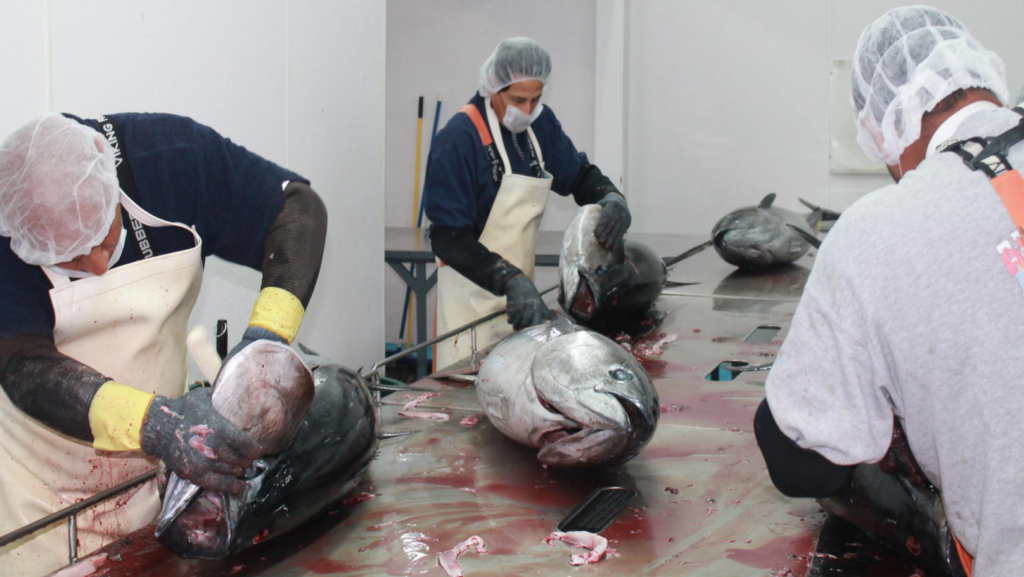
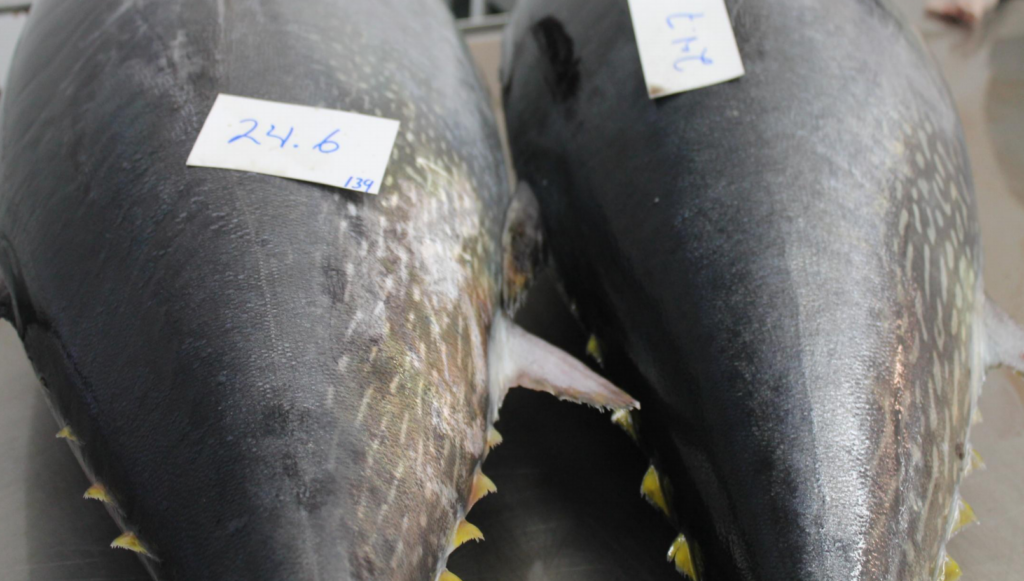




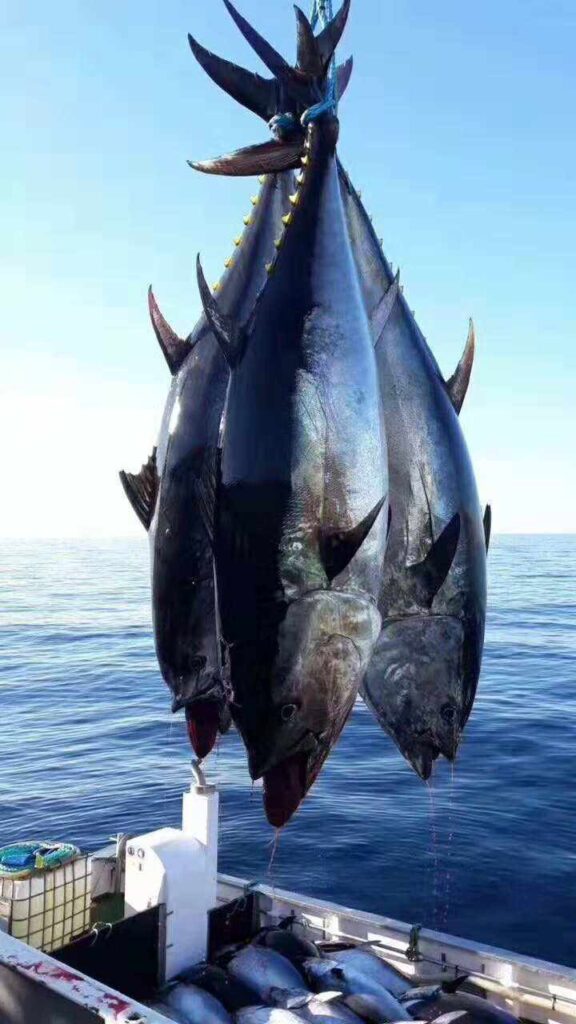
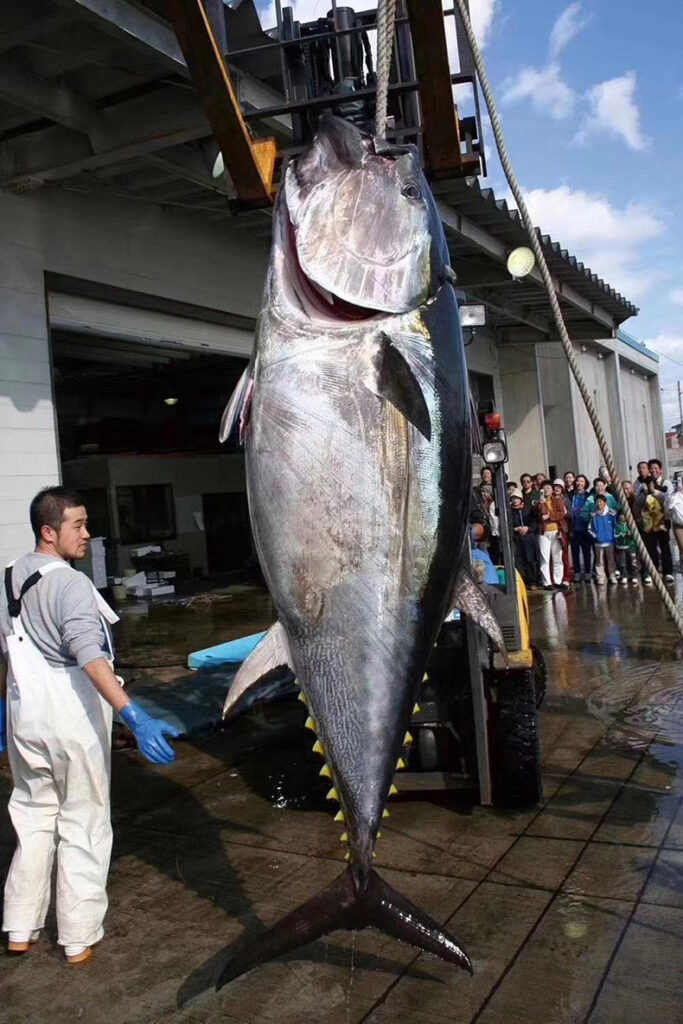
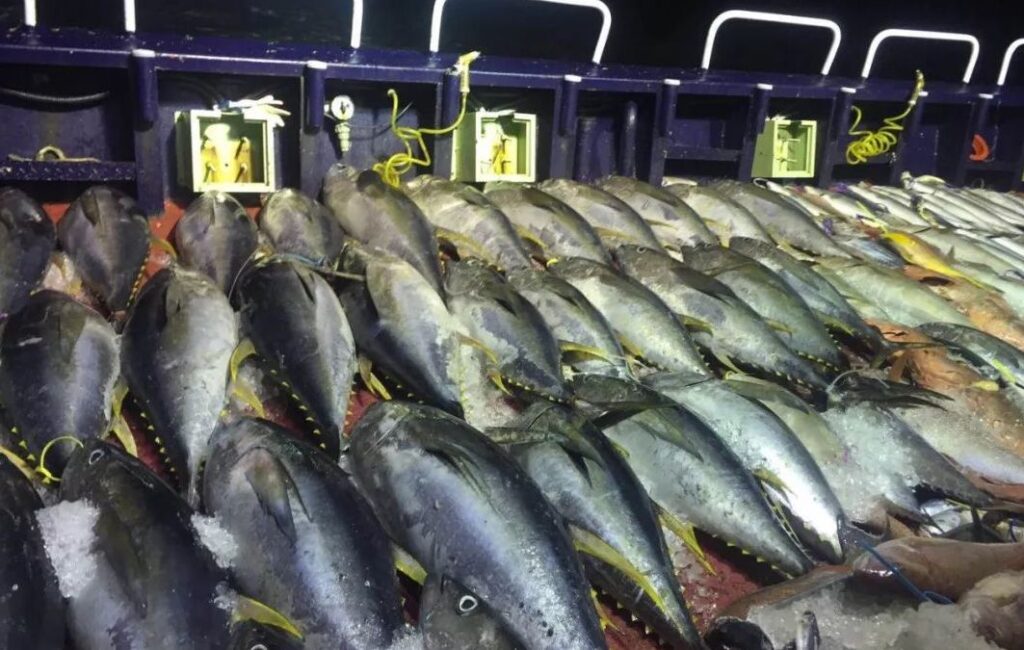
Main Value
.
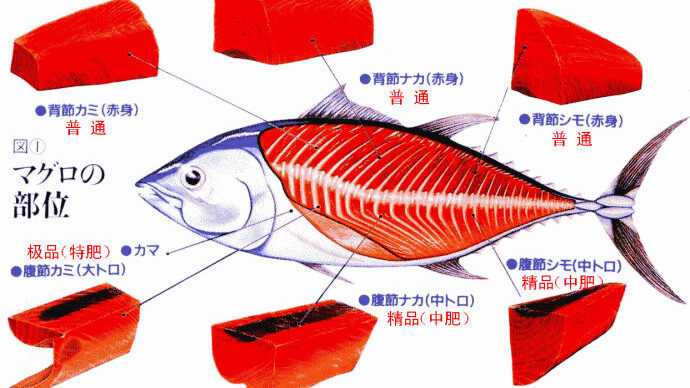
Tuna is not only an important food fish and sports fish, but also the most commercially valuable fish in the world. They are a key part of the food system. Tuna has been caught locally for many years in some parts of the world, namely the Mediterranean and the coast of California, but the large-scale commercial development of open tuna has led to the depletion of tuna stocks in some cases. Most of the catch of tuna is used for canning.
Tuna meat is tender and delicious, with high protein content; Rich in docosahexaenoic acid (DHA), eicosapentaenoic acid (EPA) and other bioactive polyunsaturated fatty acids; At the same time, it is rich in methionine, taurine, minerals and vitamins. It is a green, pollution-free and healthy food recommended by the International Nutrition Association.
Thunnus thynnus ω- 3 good source of fatty acids (300 mg per serving). However, in canned tuna ω- The content of fatty acids varies greatly, because this fatty acid will destroy most of the fish ω- 3 fatty acids. Tuna is also a good source of protein. Tuna also contains different levels of mercury, because the mercury distribution in cultured tuna is inversely proportional to the fat content, indicating that tuna with high natural fat content may help to reduce mercury intake.